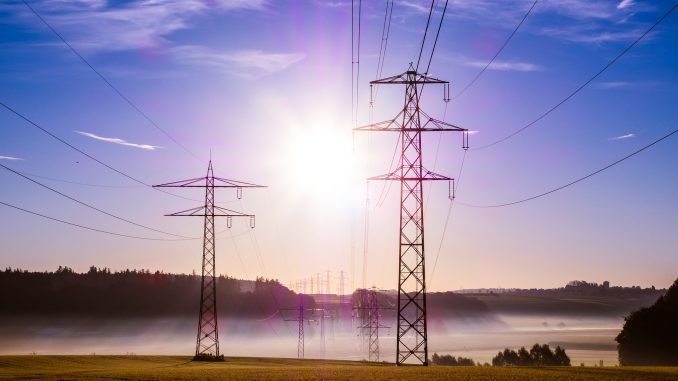
An energy source is something that exists in nature and can be converted into useful energy forms such as electricity and heat.
Examples of energy sources are uranium, coal, oil, winds, flowing water, solar radiation and wood or other biomass.
The energy sources we humans use are usually divided into renewable energy sources and non-renewable energy sources.
The renewable energy sources are constantly supplied with new energy from the sun and therefore do not end. The non-renewable energy sources, on the other hand, exist in a certain amount on our earth and are rebuilt very slowly or not at all. They can, therefore, run out and the more they are used today, the less will be left for future generations.
Renewable energy sources
Solar energy, wind energy, wave energy, hydropower, and biomass are renewable energy sources that are constantly replenished through the sun’s rays. Every day, the sun radiates 10,000 times more energy into the earth than we humans use.
The sun’s rays affect lots of processes on earth. Solar energy drives the water cycle and speeds up the air to create winds and rain clouds. When winds blow over a water surface, energy is transferred to the water which causes waves to form. Through photosynthesis, the plants capture the energy in the sun’s rays and convert it, together with water and carbon dioxide, into carbohydrates and oxygen, thus storing the incoming solar energy in biomass. In this way, all the renewable energy sources, solar, wind, water, biomass and waves originate from the sun.
Biomass can consist of residues from trees in the form of branches, wood and chips or from plant oil such as rapeseed oil. It can also come from food scraps from households and schools. Some municipalities collect all food waste in bags and convert it into biogas that, among other things, heats up housing. Biomass can also be fired as biofuels to produce electricity and heat or used to manufacture fuel for vehicles.
Geothermal energy is called the heat that is inside the earth. The heat can come from the time when the earth was formed and partly from the heat that is replenished in the case of radioactive decay in the earth’s interior. In Iceland, however, hot water penetrates up to the earth’s surface and forms natural hot water pools in nature, so-called geysers.
Tidal energy is found in the tidal movements that depend on the lunar and solar attractiveness. In order for it to be profitable to use tides as an energy source, large differences between high tide (river) and low tide (ebb) are required. For countries that have a lot of tidal water, it can be profitable to build tidal power plants.
Non-renewable energy sources
Non-renewable energy sources are based on limited resources that are not newly formed, or newly formed so slowly that, from a human perspective, they run the risk of ending up. Nuclear energy and fossil fuels are among the non-renewable energy sources.
Nuclear energy is extracted from uranium, a highly energy-rich substance found in limited amounts on Earth.
Fossil fuels include fossil gas (also called natural gas), coal and oil (for example gasoline). The energy in fossil fuels, just as in the biofuels, is solar energy bound by photosynthesis. The difference is that fossil fuels were created for a very long time by plants and animals that lived long ago. For millions of years, dead plants and animals have been exposed to high temperatures and pressures in the soil. In this way, they have been converted to coal, oil and fossil gas, which are now found on land and at the bottom of the seas.
Fossil energy, such as coal, oil and fossil gas, is not sustainable because we use it faster than it is newly formed. The widespread use of fossil energy causes large emissions of carbon dioxide, causing global warming and climate change. It is one of the biggest threats to our planet.
Leave a Reply